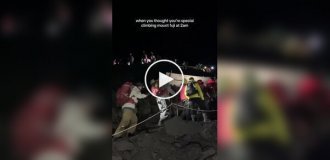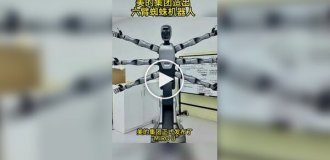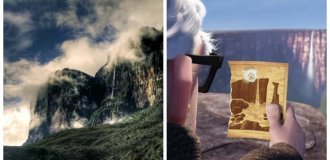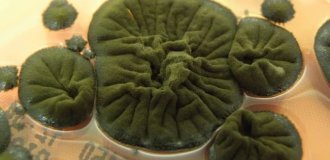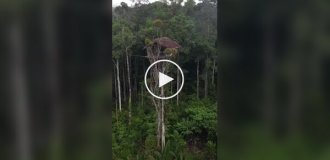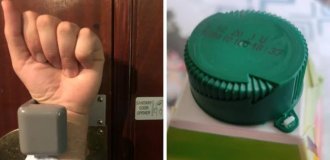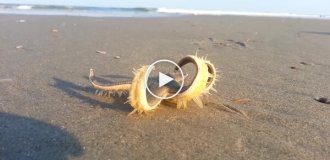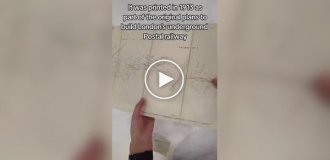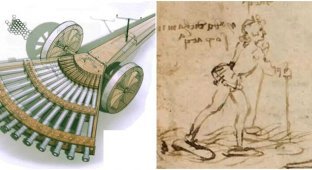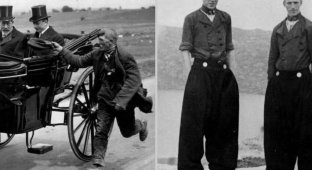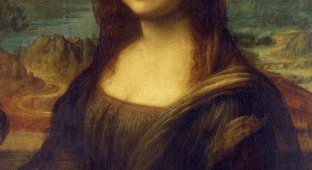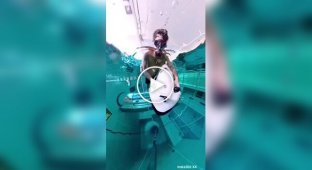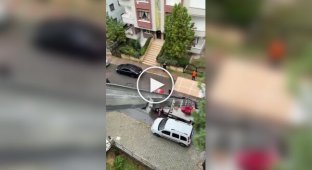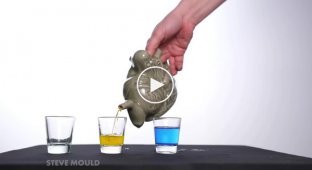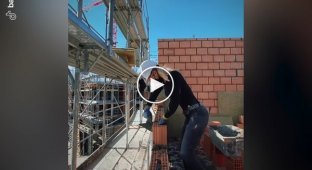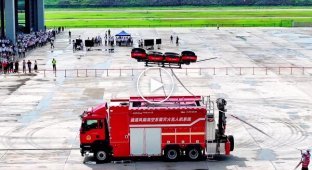Mysterious Tunnels Described by Leonardo Da Vinci Discovered in Italy (6 photos)
Leonardo da Vinci's notebooks hold many secrets. And now, 500 years later, scientists have managed to uncover the truth behind one of the great artist's sketches. A network of tunnels has been discovered under Milan's Sforza Castle, sketched by da Vinci in 1495. 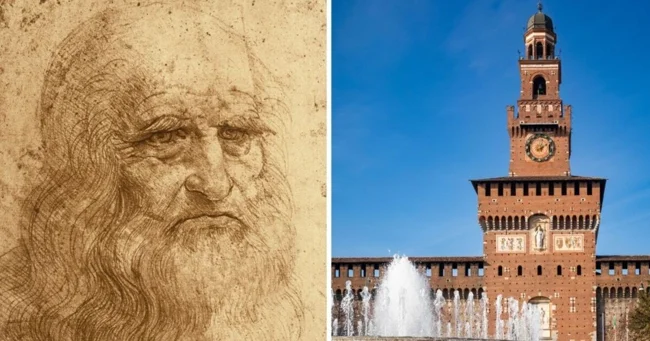
There is no information about why these secret passages were laid under the 13th-century castle. The network of tunnels was discovered by researchers from the Milan Polytechnic University together with the castle's management and the engineering company Codevintec Italiana.
Using laser scanning, GPS and ground penetrating radar, experts have found passages that almost exactly match da Vinci's original sketches.
Francesca Biolo, lead researcher and research fellow at the Polytechnic University of Milan, told MailOnline: 'The Sforza Castle is much smaller than it once was. This suggests that there may be more passages hidden beneath the city.' 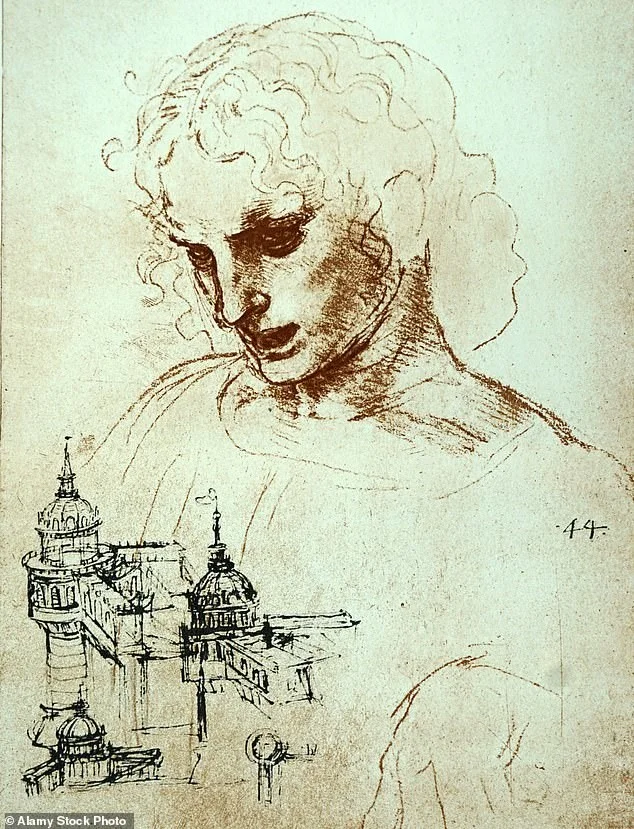
Construction of the Sforza Castle began in 1358. Since then, it has been destroyed and rebuilt, with only a sixth of the original building remaining.
In the 1400s, when the original castle was destroyed, the Duke of Milan Francesco Sforza ordered the construction of a new residence. When Francesco died in 1466, his son Ludovico Sforza invited the best artists, including Leonardo da Vinci, to decorate the interior. The master's works are preserved in the halls, but his most important contribution was probably hidden under the structure. 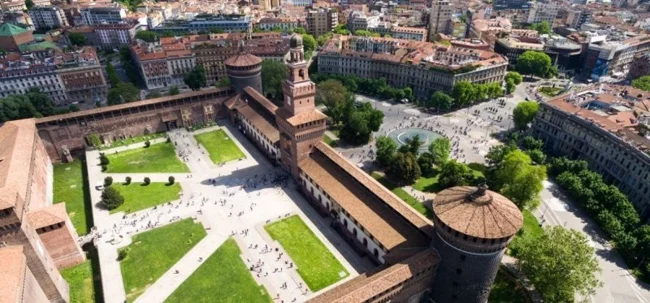
His book contains sketches of Sforza's defensive fortifications. For many years, scholars did not understand why corridors were depicted that were not in the castle.
A statement from the Politecnico di Milano said: "The passage depicted by Leonardo has long been the subject of legend and speculation. Now, thanks to technology, its existence can be confirmed. But there are many secret tunnels." 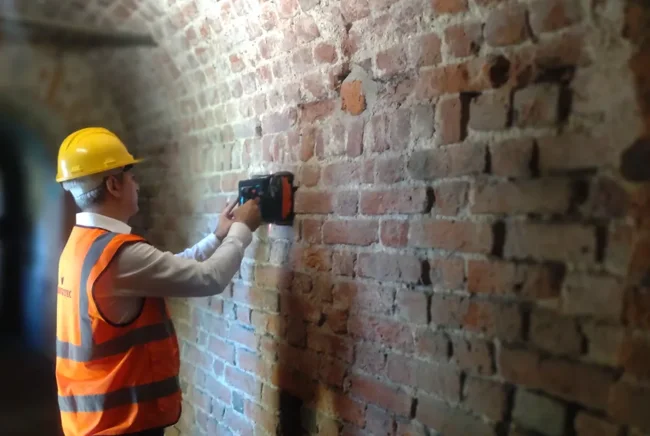
The researchers found rooms on a second underground level and an additional passage running parallel to the known one.
Biolo explained: "These structures were designed for defense, so the rooms and passages had to provide the soldiers with everything they needed for their daily work of watching and protecting the castle."
One of the passages could have been intended for private purposes, as it connects the castle with the nearby Basilica of Santa Maria delle Grazie, where Ludovico's wife, Beatrice d'Este, was buried. 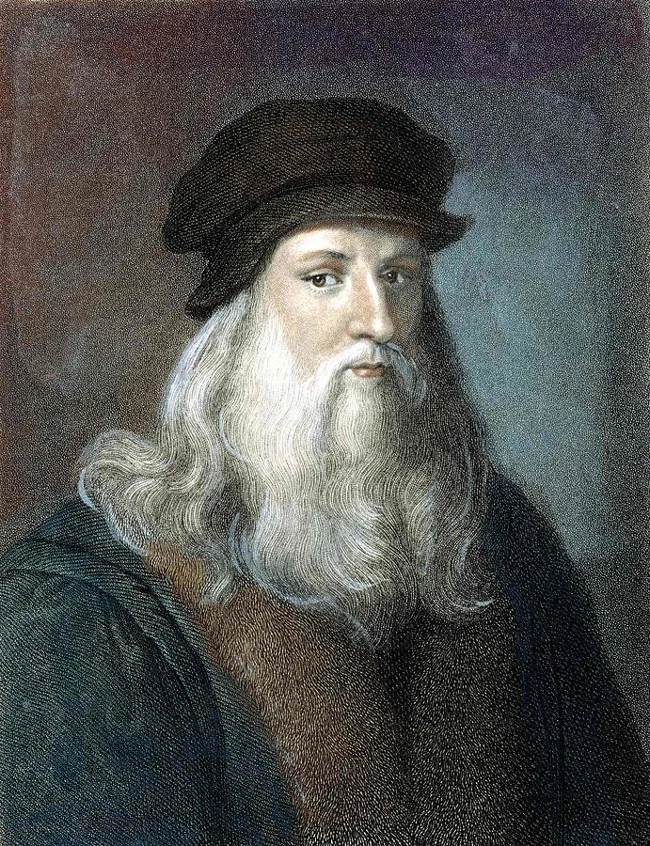
"Leonardo da Vinci, being an expert in military architecture, undoubtedly contributed. However, we cannot say what his contribution was to the construction and evolution of the defensive structures of the Sforza Castle in Milan. The architectural complex depicted is similar to what was there at the time, but it cannot be said that it was da Vinci's project," Biolo concluded.
Today, the castle is a tourist attraction. 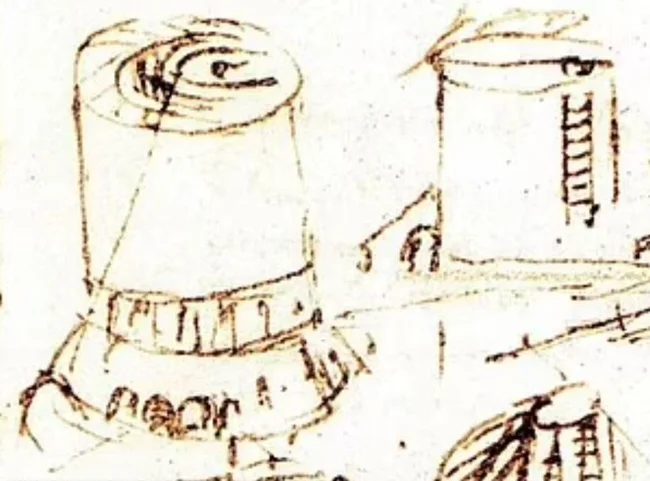
It is not possible to enter the tunnels, but the researchers' goal is to create a digital twin of the Sforza Castle, a digital model that not only displays its current appearance, but also allows us to explore the past by reconstructing historical elements. In the future, the results of this data could be used to create augmented or virtual reality. This would allow visitors to see passages that can currently only be found in da Vinci's notebooks.
